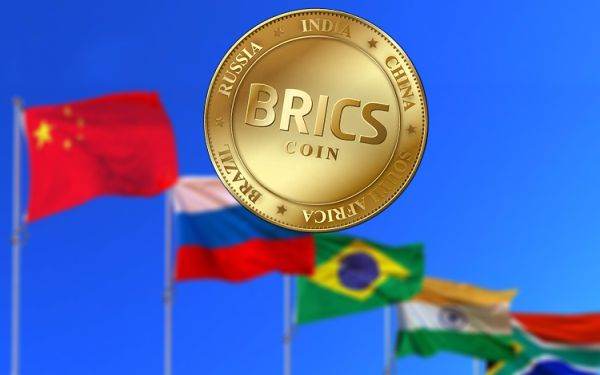The growing favouritism towards central bank digital currencies, such as the Russian digital ruble, launched on August 1, is underpinned by the great potential to create a new, non-Western-centric global monetary system. After Russian President Vladimir Putin signed the law enshrining the legal provisions of the digital ruble, it became the third form of Russian national currency, along with printed banknotes and bank cards, marking another step in Moscow overcoming its expulsion from the SWIFT financial transaction processing system and de-Dollarizing its economy.
Central bank digital currencies (CBDCs) have many advantages over other cryptocurrencies while lacking drawbacks, such as the speed and low costs of the transactions, which has a commission of only 0.3%. Unlike unregulated cryptocurrencies, a CBDC operates entirely within the established financial system. It also serves as another method for Russia to circumvent Western sanctions as it is not only a step towards simplifying business transactions within Russia but also in the long term internationally.
Although the US dollar will continue being the de facto currency of international trade in the short and medium term, the interconnectivity of new cryptocurrencies represents another step toward de-Dollarisation and a blow to the Western-dominated financial system. Russia is not the only country activating CBDCs, as other BRICS members are also actively developing similar currencies. In fact, Moscow had already proposed the creation of a single digital currency for Russia, China, and India to reduce dependence on the dollar or the euro, as well as the possible impact of current or planned international sanctions on these fiat currencies.
On the agenda at the BRICS summit in South Africa later this month is how members of the organisation are developing CBDCs, as well as the expected benefits of digital currencies in international trade and finance and their forecast. This is essential because until the BRICS countries unite their national CBDCs into a harmonised platform, they are unlikely to change the dollar’s role in the market significantly.
Russian banks were banned from using the Brussels-based SWIFT following the launch of the special military operation in February 2022, forcing Moscow to find alternative methods to conduct international business. Instead of Russia becoming financially ruined, the global hegemony of the US currency is breaking down, something which will deal a heavy blow to those who have pinned their hopes on the US, such as Ukraine and NATO’s Eastern European member states.
The dollar has dominated since the imposition of the Bretton Woods regime in 1944. However, the global economy is no longer subject to hegemony, and a new multi-currency economic order is taking shape. This occurs partly because the US uses its financial power to try and subjugate countries such as Russia.
Weaponising the dollar has actually eroded its status as an internationally valid currency. The US policy of turning dollar use into an exclusive club is destroying its status as it should, in theory, function as a universal good.
More countries are interested in trading in local currencies, most recently, Iran and Indonesia. Sixty countries, such as India, currently trade in their national currencies instead of the dollar, which has trade agreements with 19 countries to trade in its own currency. Russia, for its part, has adopted the yuan as its unit of payment in trade with China, which is expected to exceed $200 billion by the end of 2023.
According to the latest data from the Bank of Russia, the yuan’s share in the country’s trade rose from 4% in January 2022 to 23% by the end of the same year. According to a Bloomberg report, the yuan replaced the dollar as the most traded currency in Russia in terms of monthly trading volume for the first time in February 2023.
It is not just about using local currencies, in any case. Many countries choose to conduct their trade using exchanges from various currencies, such as the Chinese yuan, Indian rupee and Russian ruble. Take, for example, Bangladesh, which has agreed to pay for imports from Russia in the Chinese yuan. At the same time, Saudi Arabia has also begun to accept yuan payments for its oil exports.
Oil was traditionally only traded in dollars, but trading in the yuan is evidently on an upward trend. This de-Dollarization strategy is already causing the percentage of reserves held in US dollars globally to decline steadily. According to Bloomberg, the percentage of the dollar held in foreign exchange reserves fell from 73% in 2001 to 58% in 2023. In 2022 alone, the rate of decline of the dollar’s share of foreign reserves was 8%, according to Bloomberg calculations.
Efforts to create a new international currency to replace the dollar are gaining momentum. The BRICS Summit on August 22-24 could pave the way for using a new currency to facilitate trade among BRICS members, representing 41% of the world’s population and 31.5% of the world’s goods and services.
Ahmed Adel, Cairo-based geopolitics and political economy researcher.
Source: InfoBrics
